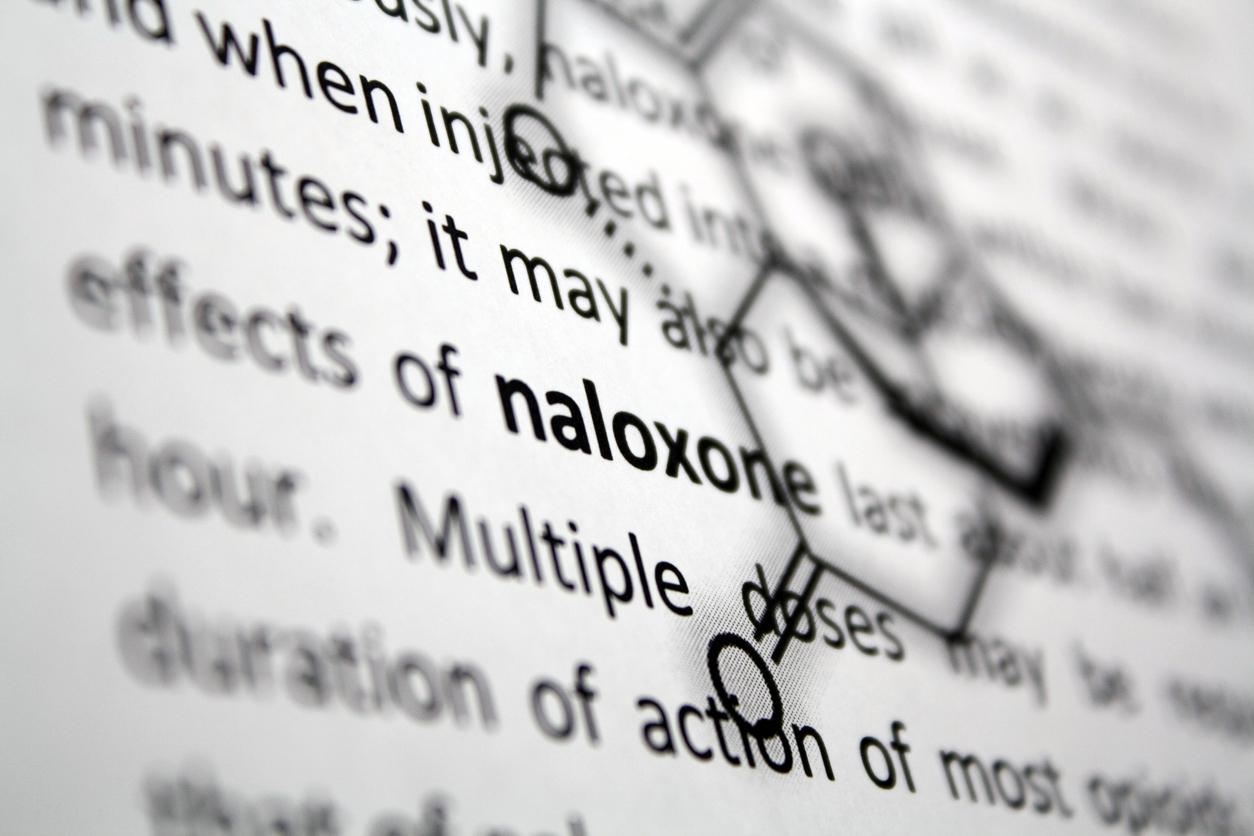The opioid/fentanyl crisis, along with the abuse of other opioid‑based products, has put the prospect of an over‑the‑counter (OTC) version of naloxone high on the FDA’s priority list. Making the product available in a ready and easy‑to‑use format (for instance, a nasal spray or autoinjector) would increase the availability of this potentially life‑saving drug. Now, in a prepublication of a Federal Register Notice (here), the FDA is asking for comments on an OTC naloxone product. The FDA says in the Notice:
“It is our preliminary opinion at this time that naloxone nasal spray up to 4 milligrams (mg), and naloxone autoinjector for intramuscular (IM) or subcutaneous (SC) use up to 2 mg, have the potential to be safe and effective for use as directed in nonprescription drug labeling without the supervision of a healthcare practitioner.”
This move does have some downsides for current manufacturers of prescription naloxone products, which is a function of the statutory and regulatory framework. The switch to OTC from Rx might impact insurance coverage; however, this is a big “might” as, in this case, payment for an OTC naloxone product by an insurer could be a small price to pay compared to an emergency room visit, a potential ICU stay, or worse, an overdose by a patient who may have oxygen deprivation during the overdose, resulting in permanent brain damage that would require long‑term care.
Why might this be a problem? The FDA notes in the FR Notice that:
“The Federal Food, Drug, and Cosmetic Act (FD&C Act) does not permit the simultaneous marketing of the same drug with the same active ingredient as both a prescription and nonprescription product, absent a clinically meaningful difference between them. Therefore, if and when the FDA has sufficient data to support approval of a nonprescription naloxone product (e.g., through submission and approval of an application for a nonprescription naloxone product or a supplemental application to switch an FDA‑approved naloxone product from prescription to nonprescription status), currently marketed naloxone products labeled as “Rx only” with no clinically meaningful difference from the approved nonprescription products will be considered misbranded.”
Thus, once the move is complete, OTC products may no longer be covered under prescription plans.
In order to market an OTC version of naloxone, the FDA will require submission of an NDA and marketing will be contingent upon both approval and a determination that the product can be used safely without a healthcare professional’s intervention. Firms will need to perform all testing, including human factor studies, possibly in-use studies, along with label comprehension studies, and will have to develop model Drug Facts Labels (the FDA has developed a model in its attempt to support an OTC product but studies will still be needed to support use with the proposed device) as well as develop easy‑to‑understand pictograms as part of an NDA for OTC submission.
The Notice does not cover all naloxone products, for instance those of a higher strength, those in ampules, in vials, or in syringes without integrated needles.
While there is still a way to go, the FDA’s preliminary determination that it believes an OTC version of naloxone for treating acute overdose is a viable path toward adding to the success of the FDA’s Overdose Prevention Framework.




